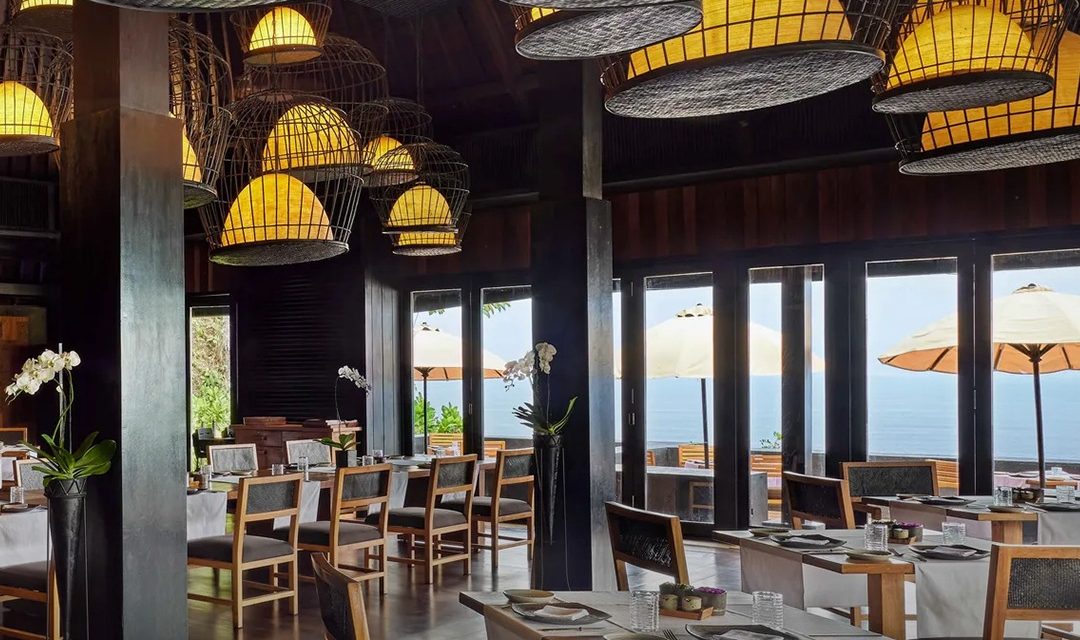Welcome to my little corner of the internet where I share my journey exploring the vibrant world of Bali’s traditional crafts. If you’ve ever been enchanted by the colorful garments, intricate wood carvings, or delicate silver jewelry that Bali has to offer, you’re not alone! I remember the first time I stepped foot in Ubud’s bustling art market—my senses were overwhelmed by the kaleidoscope of colors and the scent of fresh flowers. The craftsmanship and creativity on display told stories that resonated with my spirit.In this blog, we’ll dive into everything related to Bali’s traditional crafts, share resources, and sprinkle in some personal anecdotes to make this journey feel like a conversation between friends. So, grab a cup of your favorite beverage, and let’s embark on this artistic adventure together!
The Rich Tapestry of Bali’s Traditional Crafts
Bali is known as an artist’s paradise, and for good reason. The island is home to a plethora of traditional crafts that have been passed down through generations. My first experience with these crafts happened when I visited a local workshop where artisans were painting intricate Balinese textiles. It was fascinating to watch the techniques they used—each brushstroke seemed to hold centuries of tradition.
Types of Traditional Crafts in Bali
Let’s explore some of the most popular traditional crafts in Bali:
1. Wood Carving:
– Balinese woodcarving is famous worldwide. I recall visiting a workshop in Mas, where talented craftsmen carve beautiful statues, masks, and home décor items. The sound of chisels against wood was like music, and the craftsmen spoke passionately about their inspirations and techniques.
2. Textiles:
– Bali’s textiles, especially batik, are vibrant and colorful. I often found myself lost in the intricate patterns at local markets. Having a piece of batik fabric is not just a fashion statement; it tells a story of culture and artistry that I treasure.
3. Silver Jewelry:
– The silver artisans in Celuk create stunning pieces that capture the essence of nature. On one of my trips, I met a silversmith who crafted a delicate necklace for me. Every detail of the piece reflects the local art, and wearing it makes me feel connected to Bali every day.
4. Ceramics and Pottery:
– In the village of Batubulan, you’ll find artisans shaping clay into beautiful ceramics. Watching them mold and glaze each piece reminded me how art can take form through simple materials.
Resources for Learning About Bali’s Traditional Crafts
If you’re as passionate about traditional crafts as I am, here are some resources that I’ve found invaluable:
– Local Art Markets:
Visiting Ubud Art Market or Sukawati Art Market offers a treasure trove of local crafts and the chance to interact directly with artisans. Don’t forget to haggle a bit; it’s part of the fun!
– Workshops:
Many places in Bali, like the Bali Creative Jewelry and Ubud Artisan Retreat, offer workshops where you can learn the art of batik painting or silver making. I took a batik workshop once, and it was an incredible hands-on experience.
– Online Platforms:
Websites like Bali Craft showcase various artisans and their works. Instagram also has a wealth of craftspeople sharing their stories and creations—don’t underestimate the power of social media!
– Travel Guidebooks:
In my experience, guidebooks focusing on cultural travel (like those from Lonely Planet) often highlight local crafts and provide insights into the regions where these arts flourish.
Relatable Scenarios
Imagine you’ve just landed in Bali, eager to soak in the culture and artistry. After exploring the beaches, you find yourself wandering down narrow lanes lined with art shops. You’re overwhelmed by the choices—so many stunning pieces to choose from! Let’s say you have a limited budget but still want to bring a piece of Bali home.
Here’s my advice: Look for smaller items like hand-painted coasters or a batik scarf. Not only are they affordable, but they’ll remind you of your Bali adventures each time you use or wear them.
The Impact of Supporting Traditional Crafts
By purchasing traditional crafts, you are doing more than just bringing home a souvenir. You’re supporting local artisans, helping to preserve their culture, and ensuring that these timeless art forms continue to thrive. The stories shared over a handcrafted item often carry more weight than one can imagine.
I remember one evening in a cozy workshop, where I learned that many of these artisans face challenges in a rapidly commercializing world. Engaging with them and understanding their craft not only enriches your travels but also helps keep these traditions alive.
Final Thoughts
Bali’s traditional crafts are a harmonious blend of culture, artistry, and history. Whether you’re looking to learn, shop, or just appreciate, there’s something unique waiting for you in every corner of Bali.So as you plan your next adventure or just want to immerse yourself in the beauty of craftsmanship from afar, remember that every piece holds a story, and every artisan has a dream. Happy crafting, and may your journey through Bali’s artful heart be as colorful and captivating as the crafts themselves! Feel free to share your own crafts stories, tips, and experiences in the comments below. Let’s create a community that celebrates the beauty of traditional crafts together!






